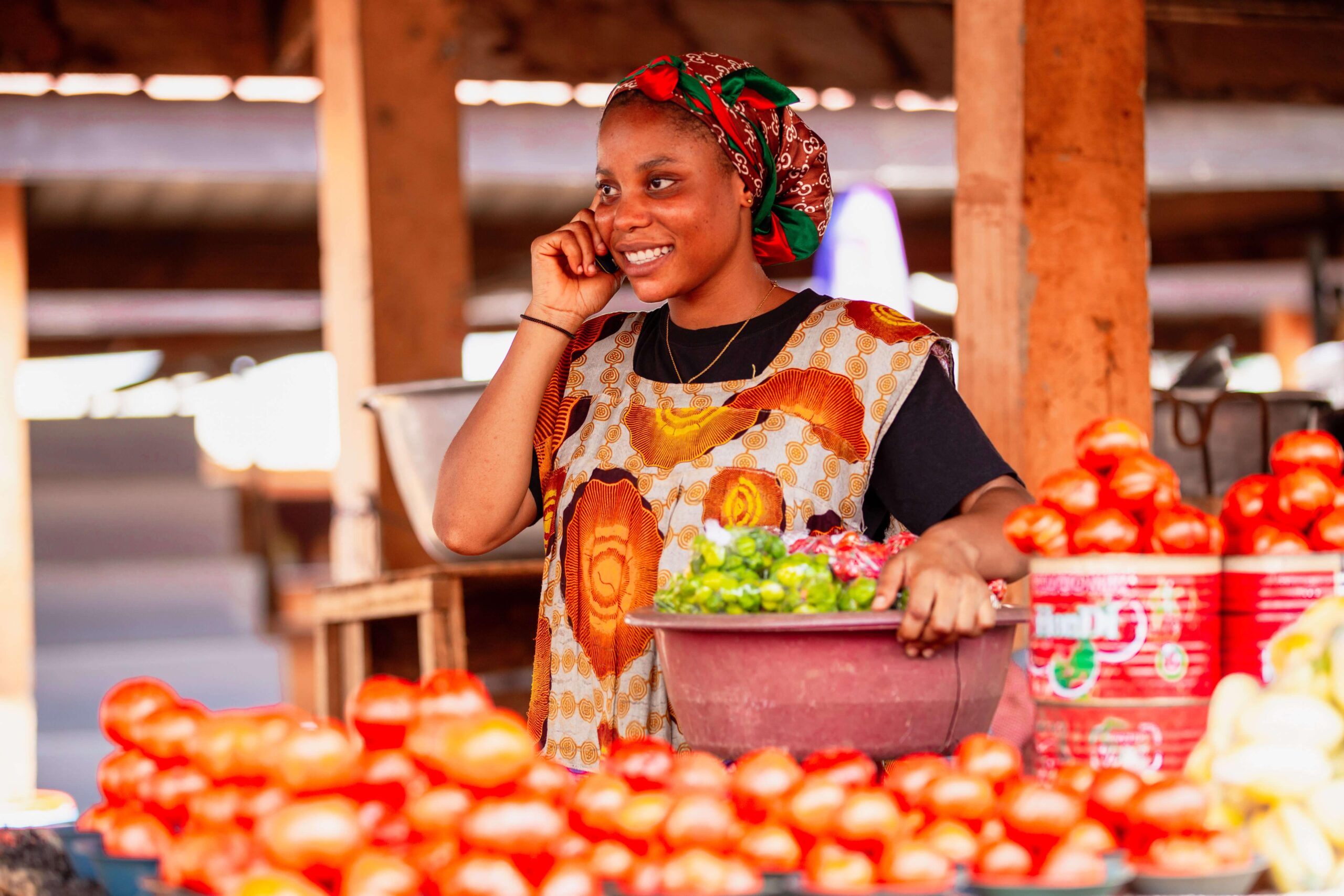
Get High On the GoodLife
Duration: 2025
Background
The World Food Programme in partnership with Savana Signatures, began implementation of an intervention dubbed DSM/WFP Retail Project, which is geared towards reducing the double burden of malnutrition among pregnant women, children under 5 years and adolescent girls in the Sagnarigu Municipality and Karaga District of the Northern Region. Through this project, Savana Signatures is using Social and Behavior Change Communication activities to promote the consumption of fortified and locally available nutritious foods among the high-risk group, as well as the entire population of Sagnarigu Municipality and Karaga District.
Strategy
Savana Signatures launched the "Get High on the GoodLife" initiative as Northern Region's
first comprehensive substance abuse prevention campaign, employing a multi-stakeholder
approach:
1. The program combines school-based interventions with community mobilization, reaching learners across primary to tertiary institutions through interactive awareness sessions.
2. Strategic media partnerships amplify messages via the Kpododo roving cinema van, radio programming and public engagements, while collaborations with 8 government agencies including Ghana Education Service and Narcotics Control
Commission ensure policy alignment.
3. The campaign uniquely integrates existing SHE+ Helpline services to provide confidential support, creating a prevention-to-treatment continuum.
Traditional and religious leaders participate as community champions to shift social norms, complemented by peer education networks in secondary schools.
Key Highlights
The maiden implementation phase has yielded significant early outcomes, reaching 6,630 students (2,789 boys, 3,841 girls) across six Senior High Schools. The campaign established critical partnerships with Tamale Offline Hangout, a Savana Signatures youth wing, and Total Life Enhancement Center (TOLEC) to expand its grassroots impact. Media engagements will frame substance abuse as a regional development priority, with 87% of participating schools reporting improved student knowledge of support systems and legal consequences. With a ultimate target of 100,000 beneficiaries, the initiative has laid crucial groundwork for
combating youth substance abuse through its unique combination of education, and community-based solutions and support systems that address both supply and demand factors. Early results demonstrate the potential for scaling this model to other high-prevalence regions.
